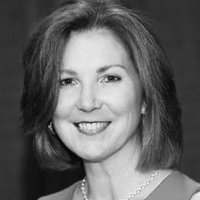Question
Please direct me to information regarding pitch disorders in children - specifically, a parent is concerned about her son who is in first grade and has a noticeably high voice pitch. It doesn't cause gender confusion right now but will at some point if it
Answer
The male and female voices in young children are similar in mean speaking fundamental frequency and so the problem may have to do with the way he is using his voice not the actual frequency of vibration of the vocal folds. At times, an individual's voice may appear to be high pitched when the real problem is increased muscle tension in the vocal tract. If the vocal tract is very stiff, the pitch can sound high. This phenomenon is very similar to when a singer goes sharp.
Before trying any therapy, it is essential that his vocal folds be visualized by a medical specialist to ensure that he does not have structural change to his vocal folds. After it is determined that it is appropriate to start voice therapy, one could help him produce his voice in different ways so that he can learn to control his voice. He could make his voice louder and quieter, gentle and pressed, and high pitched and low pitched. These voice changes can be facilitated with using puppets, modeling, and tape recording. After he has learned to make changes to his voice, ask him to produce a gentle voice and then evaluate his voice to see if his pitch is appropriate. By having him use a gentle voice, he will decrease the muscle tension in his vocal tract and his pitch should sound normal.
Celia F. Stewart. B.S. 1973, Colorado State University; M.S. 1976, Phillips University; Ph.D. 1993, New York University; CCC-SLP. Dr. Stewart has expertise in neurogenic voice disorders and dysphagia. She has worked clinically and published extensively in the areas of spasmodic dysphonia, Parkinson's disease, and Huntington's disease. She is a recipient of the New York State, Distinguished Clinician Award in 2000 and the Dystonia Medical Foundation Award in 2001. She has published numerous journal articles and chapters and has been an invited speaker both nationally and internationally. She has conducted many short sessions, mini-seminars, and full day conferences at regional state and national conventions. She currently is the chair in the Department of Speech-Language Pathology and Audiology at New York University.

